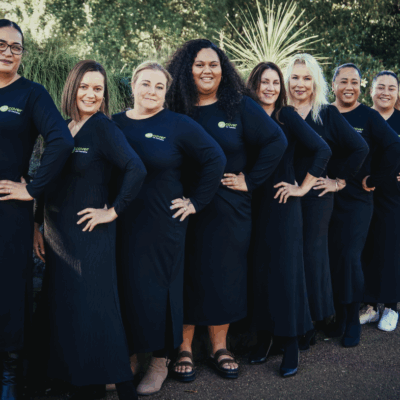Workplace H&S: there’s room for improvement
Kiwi businesses still have some way to go to meet international standards in health and safety at work, according to one of the country’s largest multi-disciplinary rehabilitation suppliers. New Zealand […]
Kiwi businesses still have some way to go to meet international standards in health and safety at work, according to one of the country’s largest multi-disciplinary rehabilitation suppliers.
New Zealand productivity is 35 percent lower than the world’s best performers, according to the 2021 report from the Organisation for Economic Co-operation and Development. Active+ believes that improving wellness and safety in the workplace would give this statistic a much needed boost.
“Data from WorkSafe suggests that 5,000 to 6,000 hospitalisations each year are due to work-related ill-health. And 30,612 injuries per year result in more than a week away from work. Improving those statistics would undoubtedly help with our productivity,” explains Erin Holland, Chief of Clinical Services at Active+.
Erin says that it is often wrongly assumed that aches, pains and injuries only affect people with more physical jobs, such as builders.
“It’s important not to overlook office workers and their injuries,” she says. “The most common issues are caused by desks not being set up properly. For example, backache from sitting for too long, often in a chair that doesn’t promote a healthy, natural posture – and hand, wrist and arm pain from keyboard and mouse use.
“We also see a lot of people with neck pain from incorrect set up of screens and workstations, and eye strain due to inappropriate lighting and glare and headaches. That’s before you even start looking at mental health, which is becoming more recognised in the workplace. Employers are understanding that they need to look after the worker as a whole person.”
Providing good quality equipment is important, and often the first box that gets ticked when employers kick off a health and wellness programme. However, Erin points out that businesses need to go beyond buying their staff a comfortable office chair.
“A lot of employers focus on the equipment, and while that is important, it is not the whole answer to the equation,” she says. “Equipment should be fitted to the employee and properly set up. Old or broken equipment or equipment not fit for purpose should be replaced. We often see old or broken chairs being used and causing discomfort.
“Chairs also have a sitting time guideline. Some are only designed for short term use whereas others are suitable to be used all day. Sit to stand desks can have a place for flexibility and movement in the workplace, but can also cause issues such as back pain from standing and circulatory issues, so are not the solution to seated roles entirely.”
Erin hopes that the increased focus on health and wellness during the pandemic will remain central to how businesses operate, as it will benefit the economy, business owners and the wellbeing of thousands of individuals.
“Employee health really should be paramount for New Zealand businesses to ensure profitability and productivity, as well as maintaining a happy, healthy workforce,” she says. “This includes mental and physical wellbeing. While some employers are definitely working towards this, there remains a lot of work to be done to reach international standards.”
Active+ has relationships with a number of large employers and supports Kiwis around the country with their workplace health. Services include injury prevention and education seminars, ergonomic assessment and workstation setup, stress management, work place exercise programmes, vocational rehabilitation and early pain and reporting assessments. Visit www.activeplus.co.nz.






